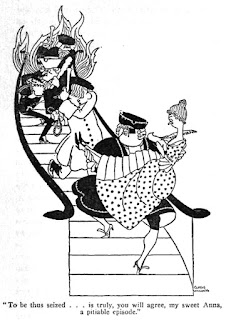BACK IN THE LATE ’60s, after conducting a rip-snorting performance of “Pictures at an Exhibition,” conductor Leopold Stokowski turned to the applauding Carnegie Hall audience and shouted, “Wonderful Russian music!” At which the audience stood and cheered.
In the late ’70s, while airing a recording of Shostakovich’s Fifth Symphony, a radio announcer in Connecticut got a phone call from an angry listener who berated him for playing commie music – the same piece that has reduced an audience to tears with its trenchantly mournful slow movement.
Russian music has excited similar passions for centuries, politics aside. With a thousand-year-old history behind it that includes an Orthodox singing traditon, strong Byzantine and (in the 18th century) Italian influences, not to mention a varied and rhythmic folksong heritage. It’s well known that Stravinsky’s sensual “Rite of Spring” inspired rioting at its 1913 Paris premiere, but even the relatively staid Tchaikovsky inspired howls of nervous derision at what was then judged to be the barbaric nature of his music.
This recording collects music by some of the best-known Russian composers of the 19th and 20th centuries – and adds a new work by an American composer strongly influenced by the Russians.








